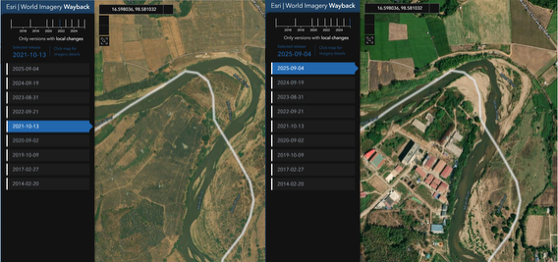The newly published UK Finance Half-Year Fraud Report reinforces what we’ve known for years: Fraudsters are persistent and relentless.
While the report offers some positive headlines, it also raises significant concerns.
The headline numbers
Let’s first take a look at some of the key findings:
- Total fraud losses in the first six months of 2025 topped £629 million, up 3% from the same period last year.
- Case volumes rose by 17%, surpassing 2 million.
- Unauthorised remote banking fraud losses fell to their lowest level since 2019, but case volumes hit a record high.
- Authorised payment fraud losses increased by 12%, even as case numbers dropped by 8%.
Authorized push payment (APP) fraud: Is this the right direction?
APP fraud — the most common type of payment fraud, where victims are tricked into authorizing a transfer to a criminal — remains a serious challenge.
New reimbursement rules took effect in October 2024, making this the first report to show where the industry stands after the shift. Unfortunately, the data doesn’t reveal all good news.
While total APP cases declined, losses rose by 12%, reversing the downward trend we’ve observed over the last few years. This indicates fraudsters are extracting more money with each scam.
Several scam types also set new all-time highs for losses. Purchase, investment, romance, and advance-fee scams all reached their highest half-year loss totals on record.
There are, however, some positive signs. Impersonation scams, which often lead to some of the highest average losses per case, dropped to their lowest total on record. At BioCatch, we’ve witnessed this trend firsthand for some time now, working with UK banks who've used our solutions to curb such scams.
When it comes to reimbursement, 62% of all APP losses were returned to victims — a six-point increase from 2024, indicating the Payment Systems Regulator’s new rules are achieving their intended effect.
With average case values rising and fraudsters focusing on higher-value scam types (such as investment and romance scams), we expect to see these trends continue in the months ahead.
Unauthorised fraud: It’s a mobile world
While APP fraud remains the primary concern, it is only part of the picture. Unauthorised fraud — where criminals gain access to accounts without the customer’s consent — numbers out of the UK tell a more encouraging story, with mobile banking dominating case volumes but stronger controls driving losses down.
Eighty-five percent of all remote banking cases originate on mobile, though only 61% of losses occur there. In other words, fraudsters still turn to the web channel for higher-value cases.
Even so, web losses have nearly halved, down 46% year-over-year and at an all-time low, while case volumes held steady with just a 1% increase. This suggests fraudsters are having to work twice as hard to extract money via unauthorised fraud.
Overall, £870 million in unauthorised fraud was prevented, thanks to effective controls. This represents 70 pence of every £1 fraudsters attempted to extract.
The impact, and where the industry needs to go from here
Unauthorised fraud trends point to progress, but the broader picture remains sobering. With so many statistics, it's easy to lose sight of their real-life impact. To put the scale into perspective: Every minute in the UK, eight people fall victim to fraud, losing a combined average of £2,400.
Fraudsters are renowned for their ability to adapt and refine their tactics, and they will continue to exploit the emotional levers that make scams so successful.
At this pace, it may only be a matter of time before authorised fraud overtakes unauthorised fraud in total losses (the current split stands at 59% to 41%).
The progress banks have made in tackling impersonation scams — largely through behavioral detection — shows what’s possible. By extending this innovative mindset across the full spectrum of scams, the industry can push further gains.
The challenge now is not just to track what is happening, but how it is happening. By understanding the intent and context behind a digital banking session, banks can gain the insight needed to identify both authorised and unauthorised fraud.
Want to check out the full UK Finance Half-Year Fraud Report for yourself? Click here.



